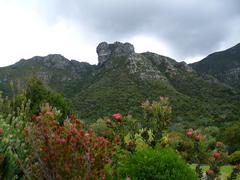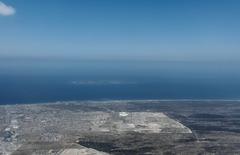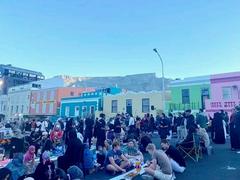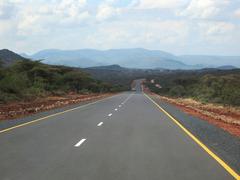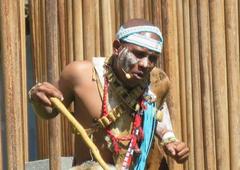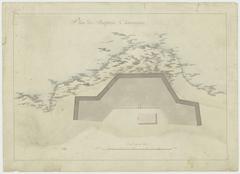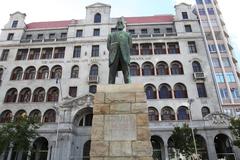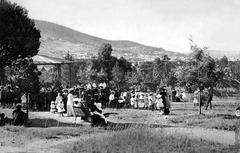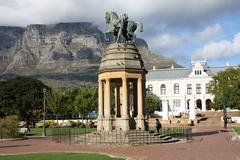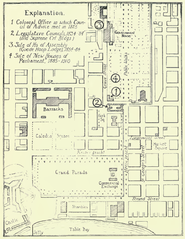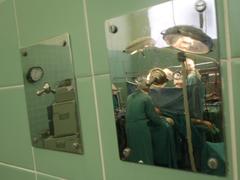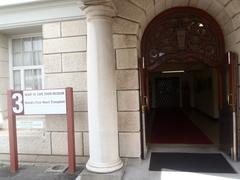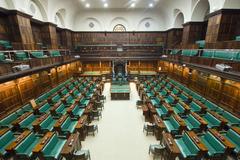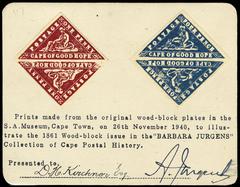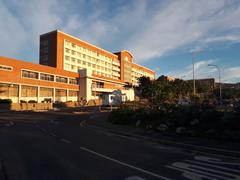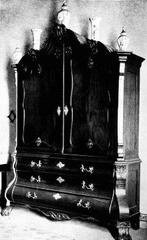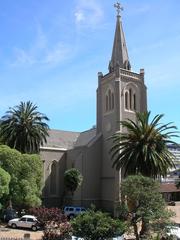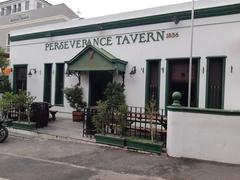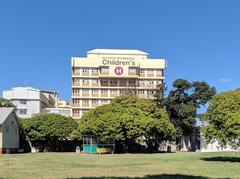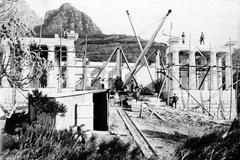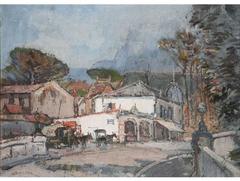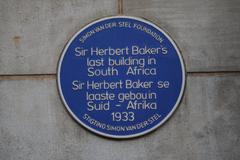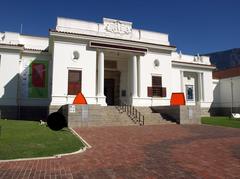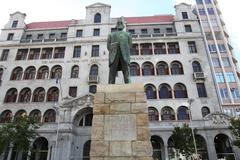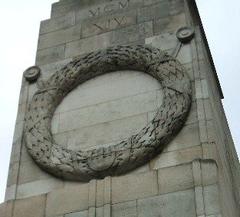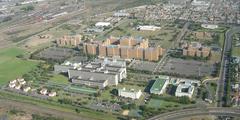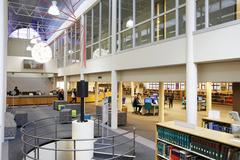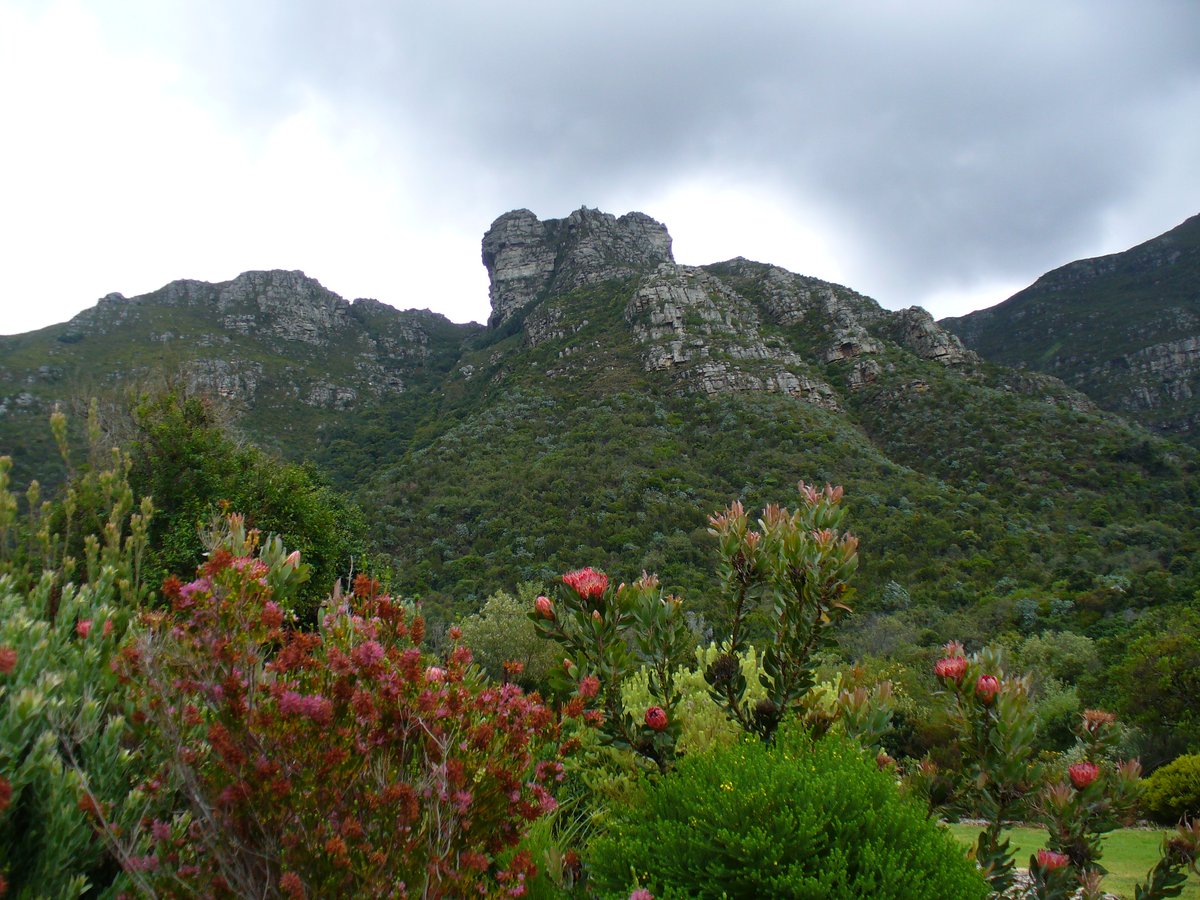
Comprehensive Guide to Visiting Kirstenbosch National Botanical Garden, Cape Town, South Africa
Date: 16/08/2024
Introduction
Nestled at the eastern foot of Table Mountain in Cape Town, Kirstenbosch National Botanical Garden is a haven for plant enthusiasts and nature lovers alike. Established in 1913, this garden is renowned for its dedication to preserving indigenous flora, making it one of the first botanical gardens in the world focused on this mission (SANBI). As part of the Cape Floristic Region, a UNESCO World Heritage Site, Kirstenbosch holds global significance due to its rich biodiversity, housing over 7,000 plant species, many of which are rare and endangered (South Africa Tourism, Flying High On Points). Beyond its botanical treasures, the garden serves as a cultural and social hub, hosting events like the popular Summer Sunset Concerts and featuring attractions such as the Centenary Tree Canopy Walkway, also known as the ‘Boomslang’ (Lonely Planet). This introduction aims to provide an overview of what makes Kirstenbosch a must-visit location, covering its historical background, visitor tips, and unique attractions.
Table of Contents
- Introduction
- History of Kirstenbosch National Botanical Garden
- Founding and Early Years (1913-1930s)
- Development and Expansion (1940s-1960s)
- Modernization and Global Recognition (1970s-1990s)
- Centenary Celebrations and Recent Developments (2000s-Present)
- Key Historical Milestones
- Notable Figures
- Conservation Efforts
- Educational and Research Contributions
- Cultural and Social Impact
- Visitor Information
- FAQ Section
- Conclusion
History of Kirstenbosch National Botanical Garden
Founding and Early Years (1913-1930s)
The Kirstenbosch National Botanical Garden was established in 1913, making it one of the first botanical gardens in the world dedicated to preserving indigenous flora. The garden was founded by Henry Harold Pearson, a botanist from Cambridge University, who was appointed the first director. Pearson’s vision was to create a garden that showcased the unique plant life of South Africa, particularly the Cape Floral Kingdom, which is one of the world’s six floral kingdoms and the smallest but richest in terms of species diversity (SANBI).
Development and Expansion (1940s-1960s)
During the 1940s and 1950s, the garden underwent significant expansion and development. This period saw the introduction of various themed gardens, including the Fragrance Garden and the Medicinal Garden. These additions were aimed at educating the public about the diverse uses of South African plants. The garden also began to play a crucial role in conservation efforts, focusing on the preservation of rare and endangered species (Flying High On Points).
Modernization and Global Recognition (1970s-1990s)
The latter half of the 20th century marked a period of modernization for Kirstenbosch. In 1982, the garden was incorporated into the South African National Biodiversity Institute (SANBI), which helped streamline conservation efforts and improve research capabilities. The garden’s significance was further recognized in 2004 when it became part of the Cape Floral Region Protected Areas, a UNESCO World Heritage Site. This designation highlighted the global importance of the garden’s biodiversity and conservation efforts (South Africa Tourism).
Centenary Celebrations and Recent Developments (2000s-Present)
In 2013, Kirstenbosch celebrated its centenary with the introduction of the Centenary Tree Canopy Walkway, also known as the “Boomslang” (tree snake). This curvaceous steel and timber bridge rises through the trees, providing visitors with breathtaking views of the garden and the surrounding landscape. The Boomslang has since become one of the garden’s most popular attractions (Lonely Planet).
Key Historical Milestones
- 1913: Establishment of Kirstenbosch National Botanical Garden.
- 1916: Introduction of the first themed gardens.
- 1940s-1950s: Expansion and development of educational and themed gardens.
- 1982: Incorporation into SANBI.
- 2004: Designation as part of the Cape Floral Region Protected Areas, a UNESCO World Heritage Site.
- 2013: Centenary celebrations and the introduction of the Boomslang.
Notable Figures
- Henry Harold Pearson: The founding director who played a pivotal role in the garden’s establishment and early development.
- John Winter: A later director who oversaw significant expansions and modernization efforts during the mid-20th century.
Conservation Efforts
Kirstenbosch has always been at the forefront of plant conservation in South Africa. The garden’s efforts include the cultivation of rare and endangered species, habitat restoration, and public education on the importance of biodiversity. One of the garden’s notable conservation projects is the preservation of the ancient Cycads, which were already extinct in the wild by 1916 (Flying High On Points).
Educational and Research Contributions
The garden has also made significant contributions to botanical research and education. It houses a well-equipped research center and herbarium, which are used by scientists and students from around the world. The garden’s educational programs aim to raise awareness about the importance of plant conservation and the unique biodiversity of the Cape Floral Kingdom (SANBI).
Cultural and Social Impact
Kirstenbosch is not just a botanical garden; it is a cultural and social hub. The garden hosts various events throughout the year, including the popular Summer Sunset Concerts, which feature performances by local and international artists. These events attract thousands of visitors and contribute to the garden’s role as a community gathering place (Lonely Planet).
Visitor Information
Visiting Hours
Kirstenbosch National Botanical Garden is generally open daily from 8 am to 7 pm during the summer months (September to March) and from 8 am to 6 pm in winter (April to August).
Tickets
Entrance fees vary, with adults typically paying around ZAR 70, children (6-17 years) ZAR 20, and free entry for children under 6. Discounts are available for students and senior citizens.
Travel Tips
The garden is easily accessible via public transportation, and ample parking is available for those driving. Wear comfortable walking shoes, bring sunscreen, and pack a picnic to enjoy in the designated picnic areas.
Nearby Attractions
Combine your visit with a trip to Table Mountain, the Constantia Wine Route, or the historic Groot Constantia Estate.
Accessibility
The garden is wheelchair accessible, with paved paths and accessible restrooms available.
FAQ Section
Q: What are the visiting hours for Kirstenbosch National Botanical Garden? A: The garden is open daily from 8 am to 7 pm in summer (September to March) and from 8 am to 6 pm in winter (April to August).
Q: How much do tickets cost for Kirstenbosch National Botanical Garden? A: Ticket prices are approximately ZAR 70 for adults, ZAR 20 for children (6-17 years), and free for children under 6. Discounts are available for students and seniors.
Q: What are some nearby attractions to Kirstenbosch? A: Nearby attractions include Table Mountain, the Constantia Wine Route, and the historic Groot Constantia Estate.
Q: Is Kirstenbosch National Botanical Garden wheelchair accessible? A: Yes, the garden is wheelchair accessible with paved paths and accessible restrooms available.
Conclusion
In summary, Kirstenbosch National Botanical Garden has a rich history that spans over a century. From its humble beginnings in 1913 to its current status as a UNESCO World Heritage Site, the garden has played a crucial role in the conservation of South Africa’s unique flora. Its ongoing efforts in research, education, and public engagement ensure that it will continue to be a cherished destination for both locals and tourists. Plan your visit today and experience the natural beauty and cultural significance of this remarkable garden.
References
- SANBI. Through the decades. Retrieved from SANBI
- South Africa Tourism. A wonderland of flora in the shadow of Table Mountain. Retrieved from South Africa Tourism
- Flying High On Points. Visiting the Kirstenbosch National Botanical Garden, Cape Town, South Africa. Retrieved from Flying High On Points
- Lonely Planet. Kirstenbosch National Botanical Garden. Retrieved from Lonely Planet
